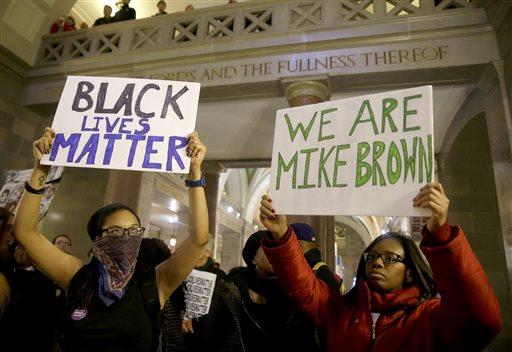
Teachable moments and academic rigor: A mini-unit
Two researchers at Stanford Graduate School of Education have created a curriculum that supports teaching about the fatal shooting of Michael Brown, an 18-year-old Black man, and the protests and civil unrest that followed in Ferguson, Missouri, in August 2014. The mini-unit, comprised of four lessons, is presented on the website of Edutopia.
Claude Goldenberg, professor of education, and Travis Bristol, a research and policy fellow at Stanford Center for Opportunity Policy in Education, collaborated on the project. Bristol is also a graduate of the Stanford Teacher Education program and received a doctorate in education from Columbia University.
Bristol and Goldenberg note that the events in the St. Louis suburb, as well as the more recent death of a young Black man in Baltimore as a result of injuries suffered while in police custody, present schools with a challenge that they need not shy away from. “We believe that the classroom is an important arena to address these events,” they write. “Not only are most students aware of and concerned about them -- especially those who live with the same realities -- but addressing this trend gives our society one more tool to further change, and helps America's children learn ways to be engaged and responsible citizens.”
The Stanford scholars say that the “mini-unit” is aligned with the Common Core and is intended for students in secondary school English or social studies classes. It involves reading primary documents, watching an eyewitness and first-person account, analyzing the credibility of testimony and then developing and presenting written and oral arguments on the Ferguson case.
“In designing this mini-unit, we call on all teachers -- whether in K-12 or university settings -- to develop similar curriculum allowing students to engage critically with primary documents that highlight violence in communities of color,” they add. “Moreover, this unit is also a call to our colleagues in university settings to remain relevant by providing K-12 teachers with resources to facilitate engagement and learning.”
To read their entire commentary and to obtain the free lessons and supporting materials, please visit Edutopia at http://bit.ly/1KIgYJ5.
The content above is based on the commentary that Bristol and Goldenberg have posted as an introduction to the lessons on the Edutopia website.



